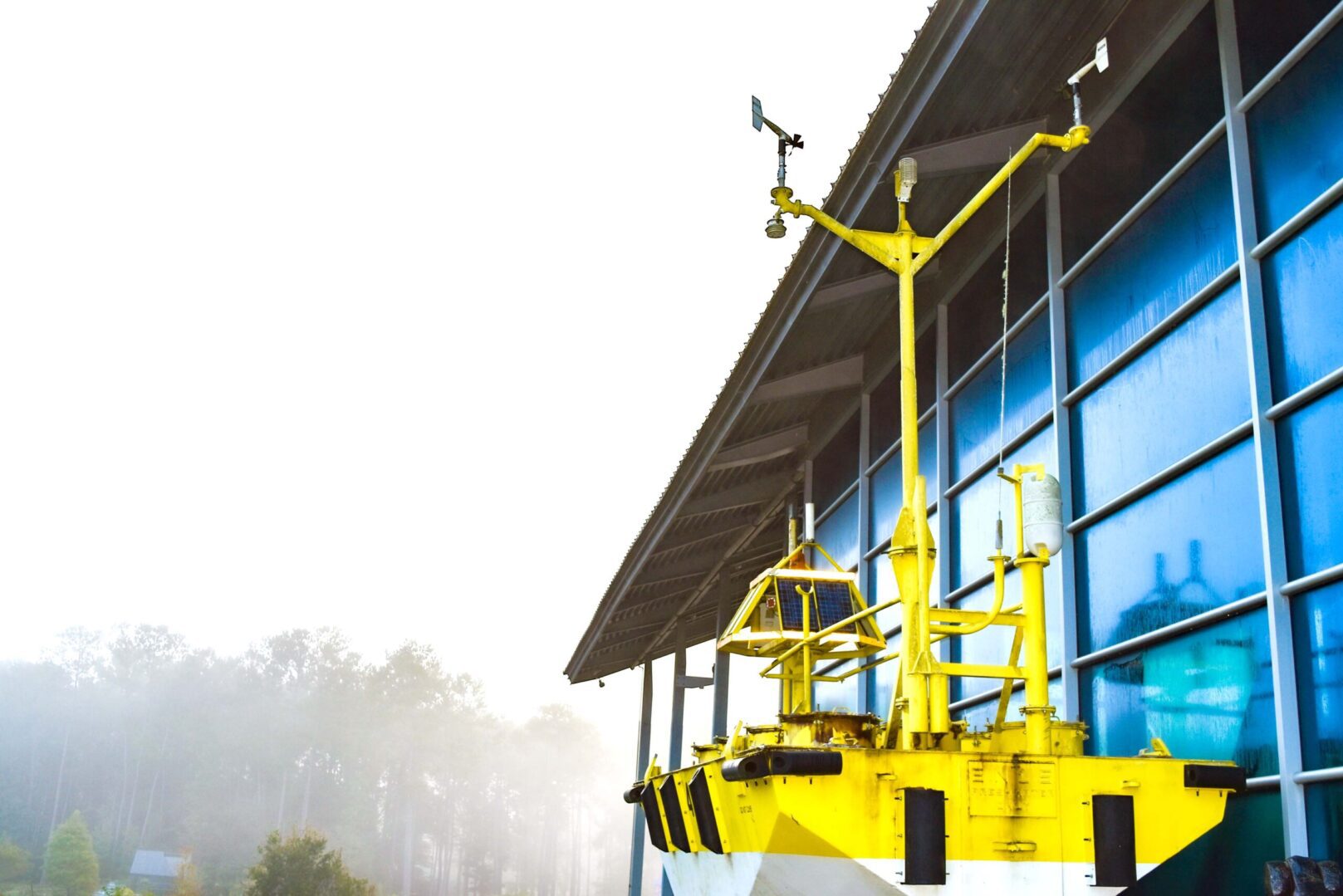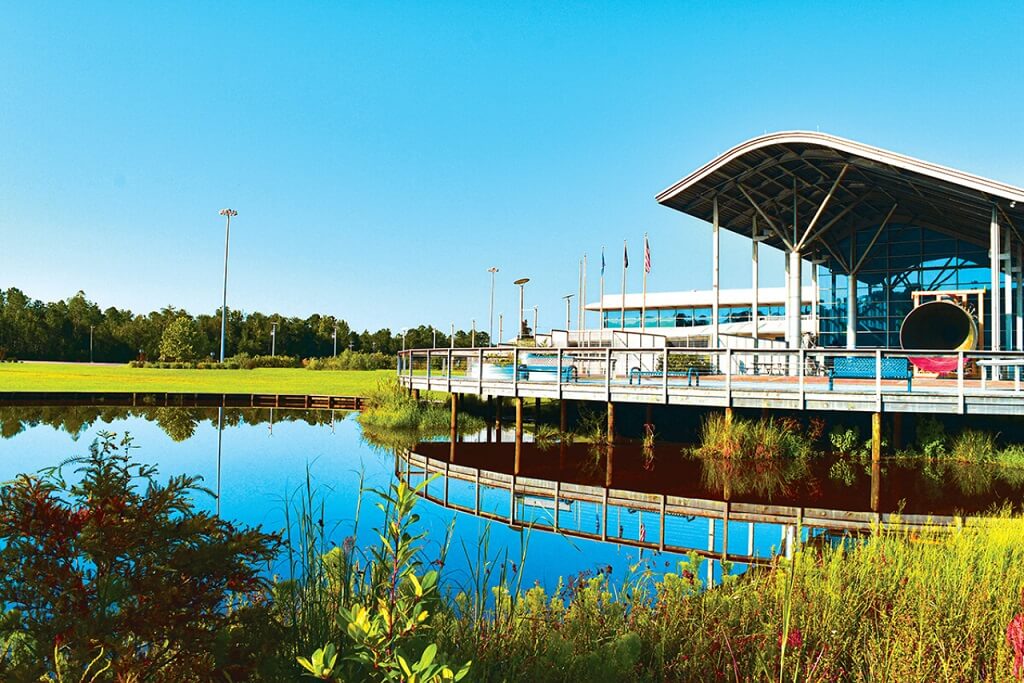Galleries & Exhibits
- Home
- / Galleries & Exhibits
INFINITY is a non-profit organization and serves as the official visitor center for NASA’s Stennis Space Center and its resident labs and offices. Each of the 30+ federal and state agencies, universities and industries at Stennis falls into either an Earth or Space science category. Few people realize that the entire northern Gulf Coast is rich in leading edge, world-class space, military, oceans and weather research, plus ship building, chemical manufacturing, engineering support, petroleum and high tech operations. It’s INFINITY’s vision to be the focal point for Earth and Space Sciences education and dialogue along the Gulf Coast.
Visitors to the 35,000-square-foot science center enter a world where discovery truly is endless. The fun begins with outdoor exhibits such as a tsunami buoy, a U.S. Navy riverine training boat, and the colossal Apollo Saturn V first stage.
Just inside the front entrance in the Natrium, check out our Engineering Workshop as you design and build your own inventions, or learn about more than 200 species of carnivorous plants in the Carnivorous Plants Conservatory.
Experience LIVE presentations ranging from animal adaptations to future exploration of Mars in our X-SPHERE-ience Theater.
In our Earth and Space Galleries, you’ll find simulators and artifacts, video theaters, Smithsonian-loaned artifacts, and a life-sized, walk-through mockup of the International Space Station’s Destiny module. INFINITY’s Space Gallery offer glimpses into space suit technology, new space rockets, and more. The gallery features pre-Apollo history and a progression of NASA programs from Apollo and Gemini to International Space Station and the new SLS program, designed to take the first humans to Mars. INFINITY’s largest space exhibit, the Apollo 19 Saturn V first stage, which is viewable from the Space Gallery, was originally slated for the cancelled Apollo 19 mission. See INFINITY’s newest indoor space exhibit, the Apollo 4 command module that was launched as part of the first “all-up” test of the Saturn V rocket!
INFINITY’s 3D Immersive Theater boasts a state-of-the-art laser 3D projection system and surround sound audio to take the movie experience to the next level. Enjoy award-winning content from the world’s top providers, including Giant Screen Films, BBC Earth, K2 Communications, National Geographic, Cosmic Pictures, and more.
Our Galleries
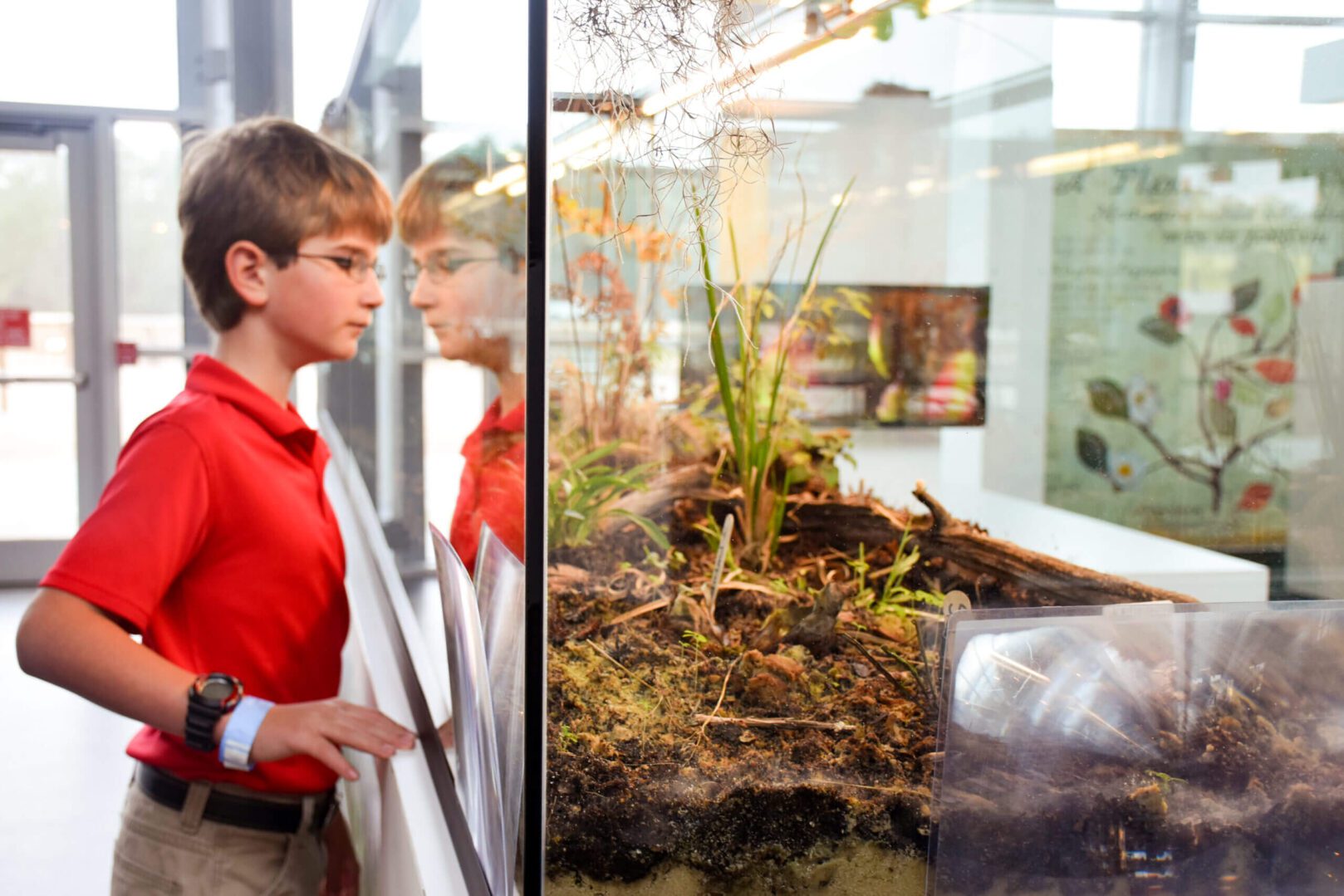
Natrium
Engineers 12 & under can create and build their own inventions in our Engineering Workshop.
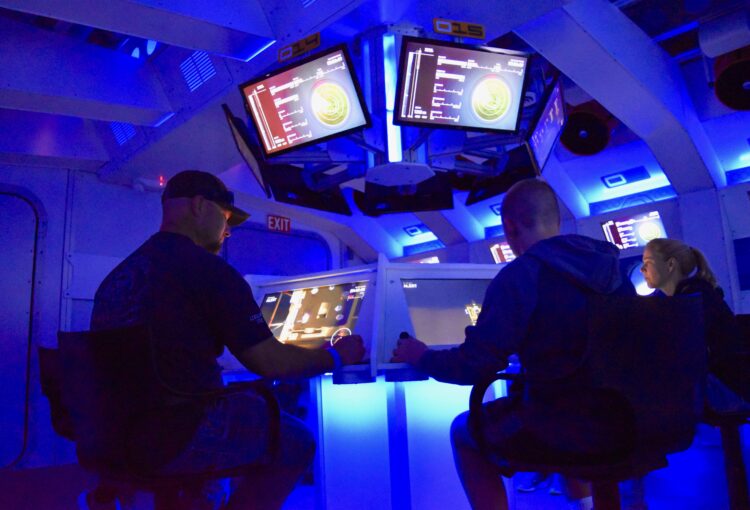
Earth Gallery
Embark on a deep ocean excursion as you travel down through the depths of the Gulf of Mexico, observing a variety of sea life along the way in the Deep Ocean Explorer. Go back in time with Swamps to Space as it tells of NASA/Stennis Space Center's humble beginnings, the sacrifices and contributions of the Hancock County residents to make the center a reality, and Stennis' critical role in the Apollo Program.
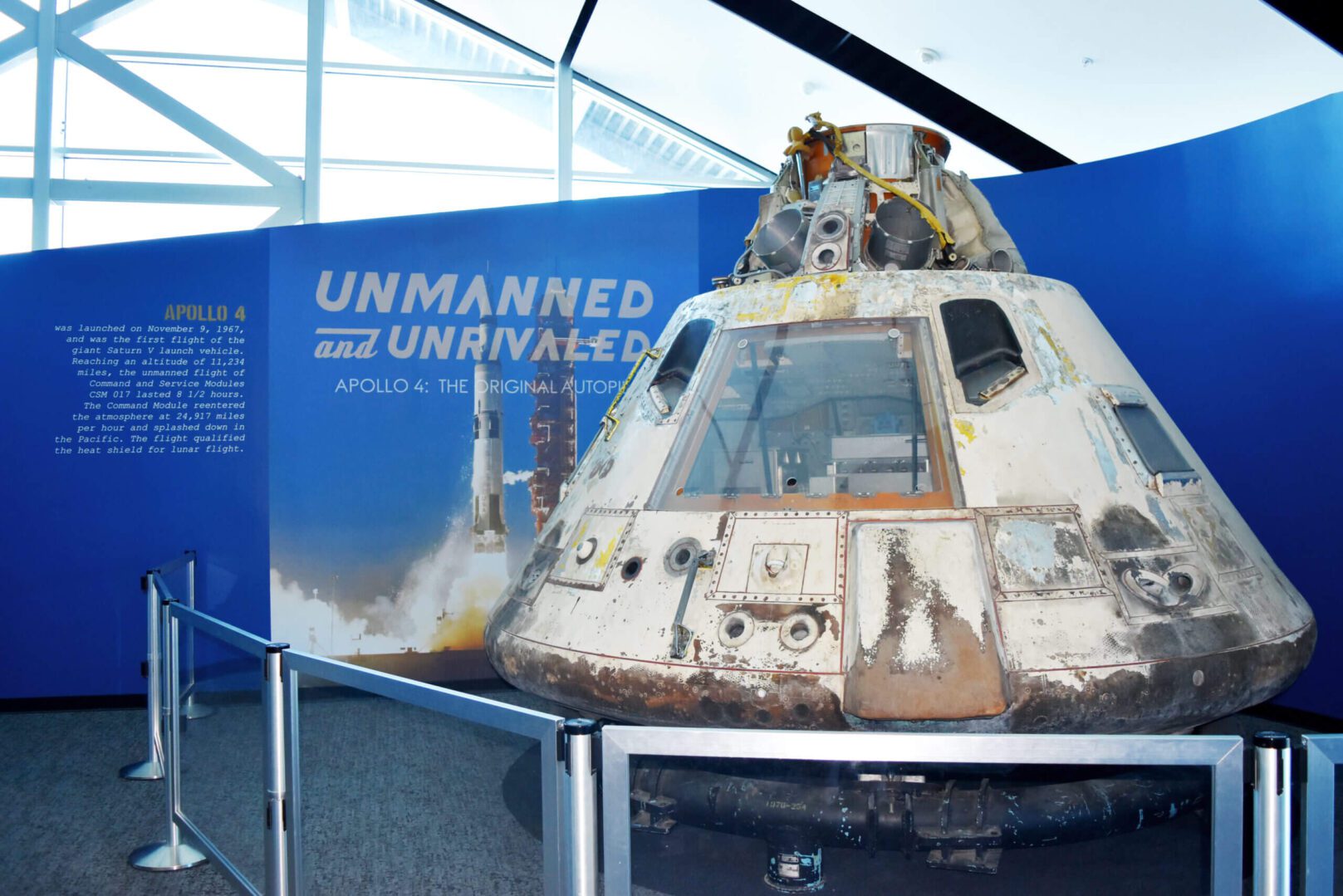
Space Gallery
Strike a pose at Sensors, Satellites, & Selfies, or walk through a life-size mockup of the International Space Station's Destiny module. You can watch the latest videos about the Orion space capsule while sitting inside it, or learn about the range of the electromagnetic spectrum.
Look down on the colossal Apollo 19 Saturn V first stage from the floor-to-ceiling observation windows at the end of the gallery, or step outside to get a real feel of its incredible size!
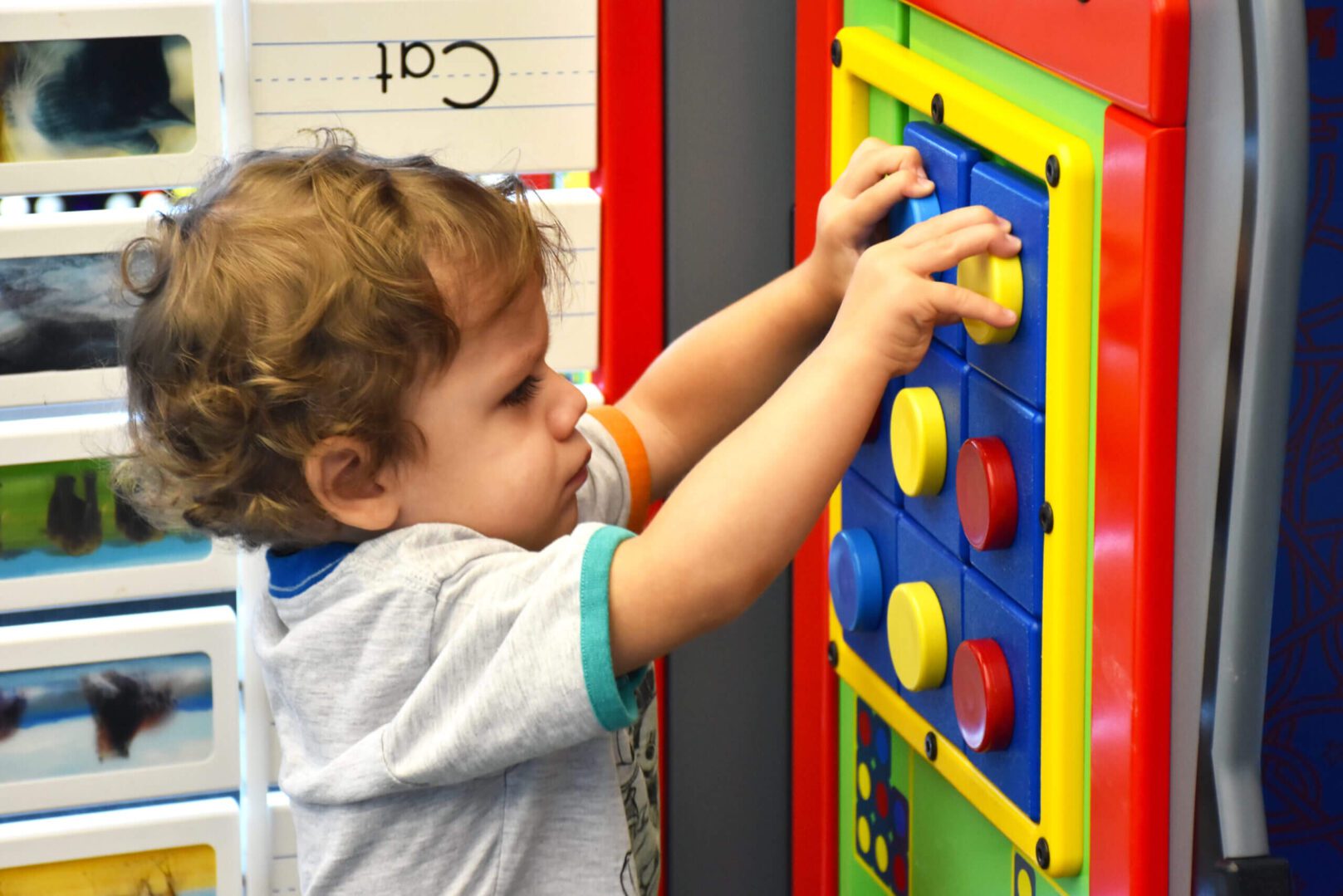
Little Learner's Lab
The Little Learner's Lab provides a designated space for birth to 5 years where there's hands-on exploration, experiences that encourage discovery through play, development of problem-solving and critical thinking skills, making connections to the world around them, developing observation skills through simple investigations, and activities to compare, sort and classify.
The Lab was painted by local artist, Jason Peck who transformed the classroom to a swamp, space station, and space. The Little Learner's Lab and its programming is Sponsored By: Walt Disney Imagineering, Chemours, and Hancock County Excel By 5.
Artifacts & Collections
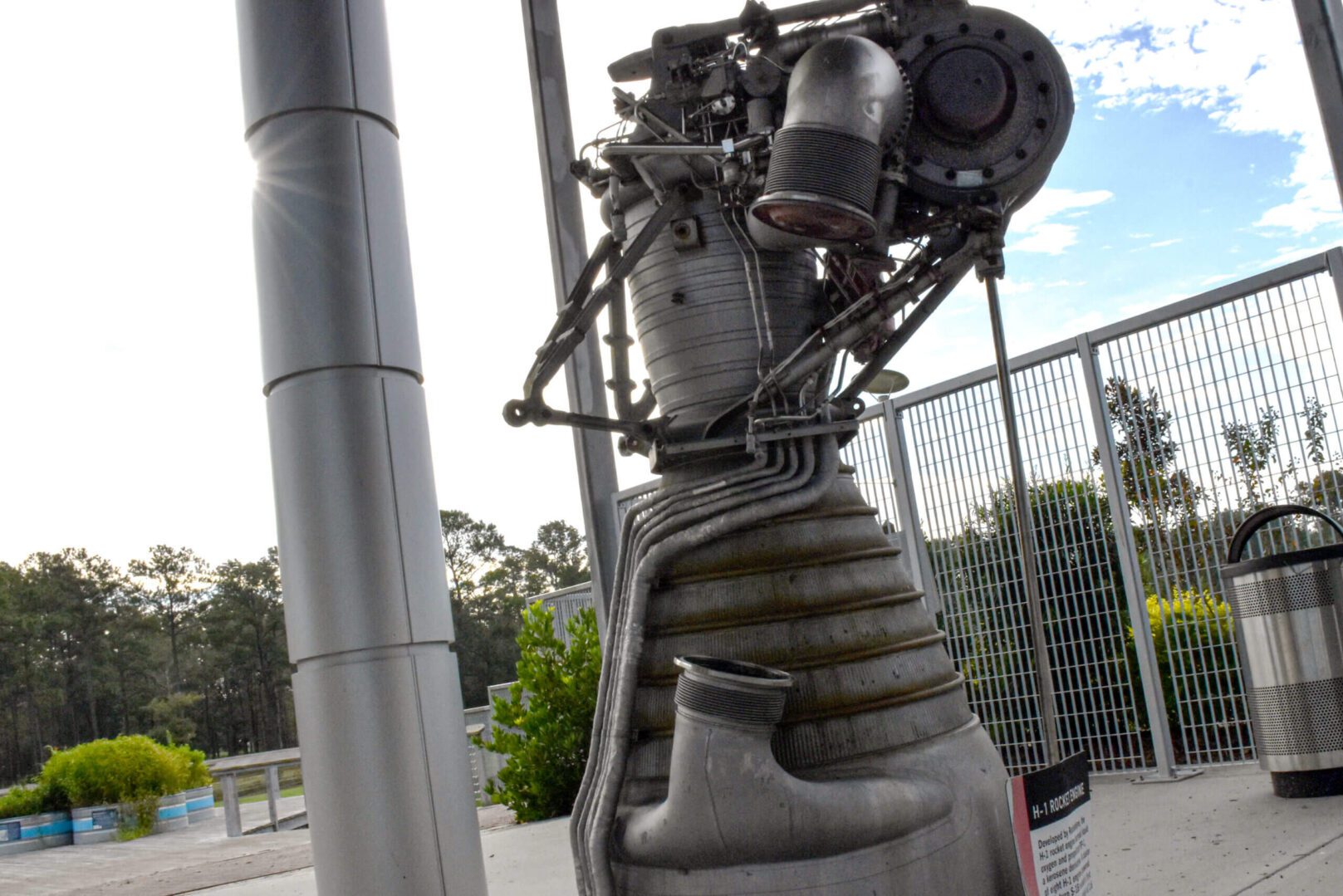
H-1 Rocket Engine
The Saturn S-1B was used to qualify the Apollo spacecraft for manned missions and for testing concepts used on the Saturn V such as clustering rocket engines. Later, it was used to transport astronauts for Skylab and the Apollo-Soyuz Test Project.
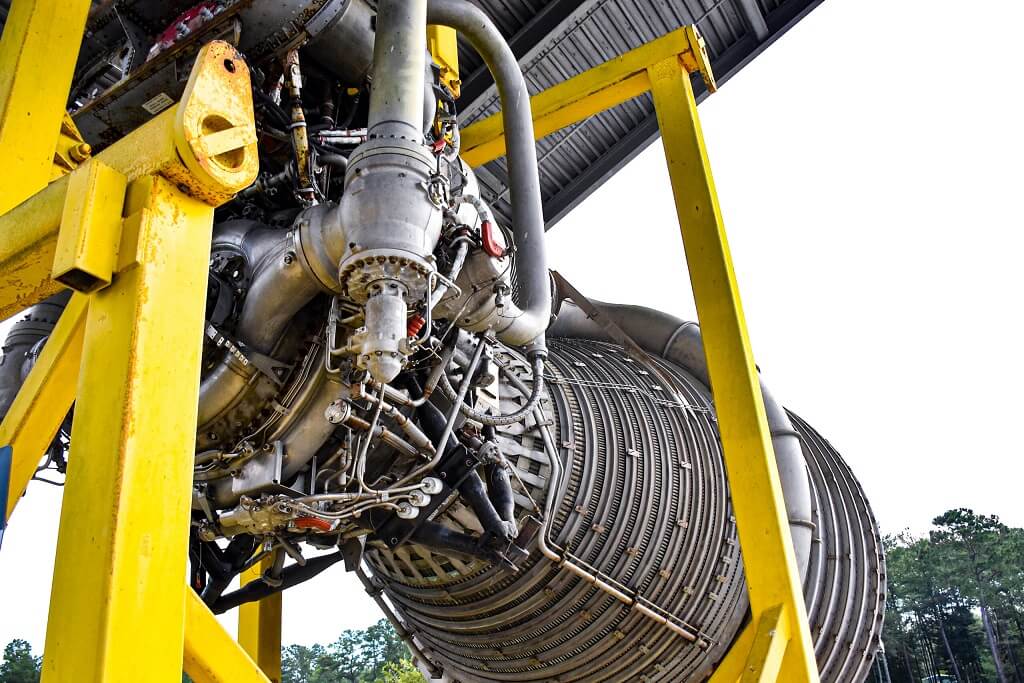
F-1 Rocket Engine
The engine still is the most powerful single-chamber liquid-fueled rocket engine ever developed. The Saturn V was the largest operational launch vehicle ever produced. Standing over 363 feet high with its Apollo spacecraft payload, it produced over 7.5 million pounds of thrust at lift-off.
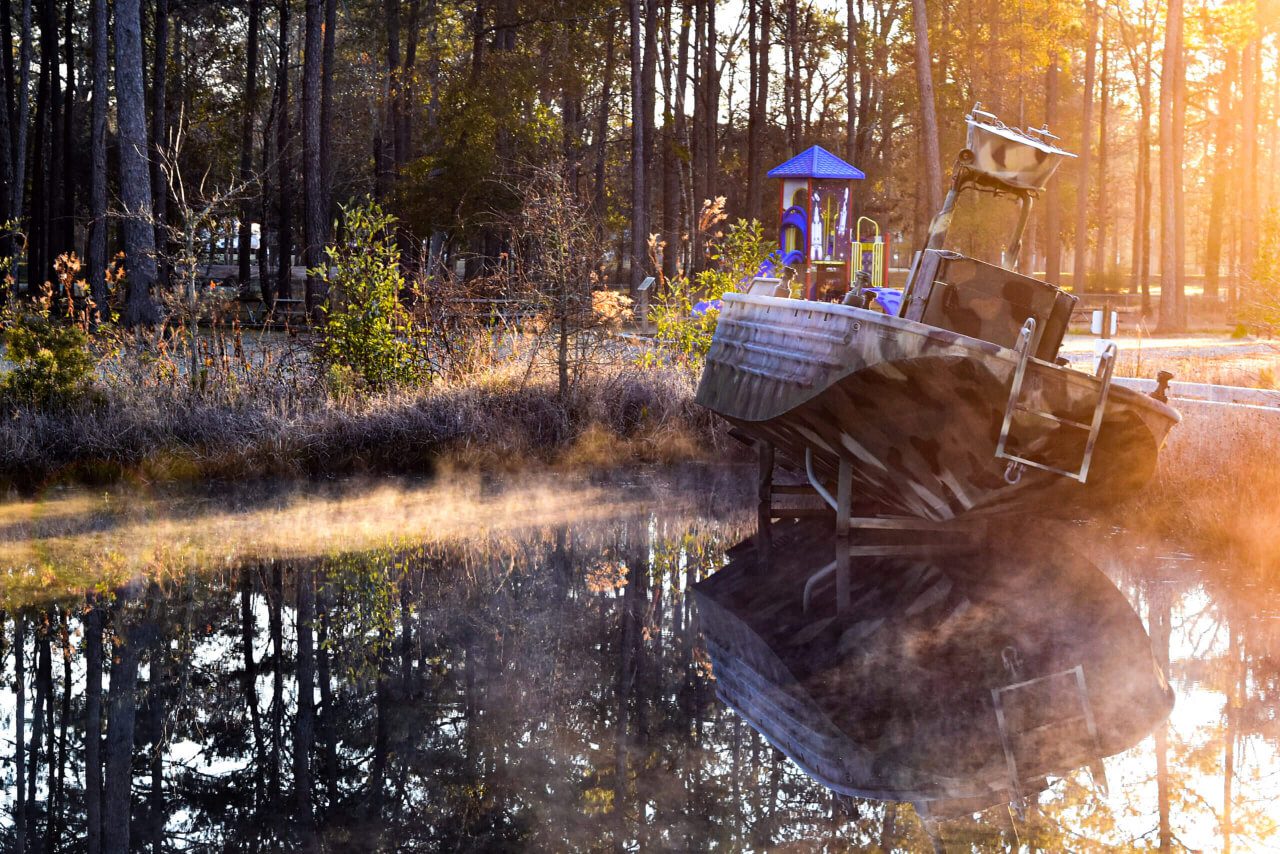
Special Operations Craft-Riverine
